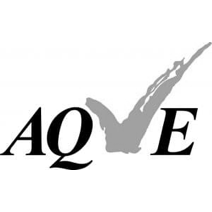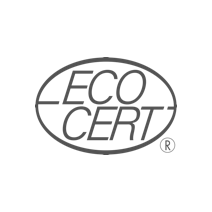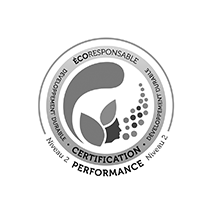The indoor air quality test has two main objectives:
- Determine if harmful contaminants are present in the indoor environment of a building or enclosed space.
- Identify the source of contamination and establish a protocol to eradicate it.
When Should Indoor Air Be Analyzed?
- After cleaning work (asbestos removal or mold decontamination) to verify if the work has been done properly.
- When renting an unhealthy apartment and wishing to break a lease.
- When intending to file a lawsuit (for hidden defects, for example).
- To obtain certification such as:
- LEED
- BOMA Best
Otherwise, the "Indoor Air Quality Remediation Guide" published by the Canada Mortgage and Housing Corporation (CMHC) addresses the effects of contaminants on home occupants, methods of detecting contaminants, and possible corrective measures. It is available for download
in PDF format here.
Main types of air contaminants
Biological contaminants such as mold, yeast, and bacteria. Since these are living organisms, the investigation is more complex. In this situation, the objective is to sample and characterize the air inside the building to determine the presence of fungal (mold and/or yeast) and/or bacterial contamination. Samples of materials or molds present on surfaces are taken to complete the investigation and determine the origin of the fungal contamination.
Mold: Molds are microorganisms, similar to fungi and yeasts; belonging to the family of fungi. Molds are ubiquitous; they serve as natural decomposers. Their growth depends on the availability of organic matter to decompose, temperature, and humidity levels.
According to NIPHQ, inhaling these spores can cause health problems. However, not all molds are harmful to health. Indeed, according to the Canadian Centre for Occupational Health and Safety (CCOHS), there are approximately 100,000 different types of molds in our regions, and we are exposed to them every day. Therefore, the effects of these molds on health depend on several factors such as individual sensitivity, age, previous exposures, and/or existing predispositions that are specific to each person.
Particulate Contaminants such as asbestos fibers, fiberglass, silica sand, etc. Specific air tests are conducted, especially for asbestos. The source is often related to the types of construction materials present.
Chemical Contaminants such as volatile organic compounds (VOCs), formaldehyde, carbon monoxide, etc. Physio-chemical parameter measurements are carried out (CO, CO2, VOC levels, etc.) to determine the source of contamination.
Steps to Follow for an Indoor Air Quality Test (Fungal Contaminant Investigation)
- Interviews and questionnaires with occupants to establish an inspection strategy, sampling type, and various measures to implement.
- Building and content inspection to find potential mold growth areas and determine infiltration sources and specific areas to investigate.
- Direct reading of physio-chemical parameters to determine if humidity, temperature, and ventilation conditions favor mold, yeast, and/or bacterial development:
- Carbon dioxide (CO2) levels
- Carbon monoxide (CO) levels
- Relative and specific air humidity
- Air temperature
- Material humidity
- Sampling:
Sampling Methods:
The commonly used methods for indoor air sampling include:
Passive sampling: This method involves collecting atmospheric contaminants without using active pumping equipment. Passive samplers typically use devices such as adsorption tubes or passive diffusion samplers to capture atmospheric contaminants on an absorbent substrate (e.g., dust). This method is often used to monitor contaminant levels over long periods, for example, to assess indoor air quality in a building over several days or weeks.
Active sampling: Active sampling involves actively drawing air through a collection device using a pump or controlled flow sampler. Active samplers are commonly used to collect air samples for laboratory analysis. They offer precise control of air flow rate and allow samples to be collected at specific rates, which can be important for spot investigations or in-depth studies of indoor air quality.
Surface sampling: This method involves collecting samples of atmospheric contaminants directly from surfaces inside a building. Surface samplers typically use swabs or wipes to collect samples of contaminants from surfaces such as walls, floors, countertops, or objects. This method can be used to assess contamination of specific surfaces by allergens, molds, or other contaminants, which can impact indoor air quality.
Each of these indoor air sampling methods is suitable for specific air quality monitoring objectives and contaminant characterization. The choice of method will depend on the study's needs and the information being sought.
Different samples that can be collected include:
- Impaction sampling on cassette (spore trap)
- Sampling on sterile sponge
- Sampling on adhesive tape
- Air sampling by impaction on agar
- Bulk material sampling
- Deposited dust sampling
-
Analysis and reporting




